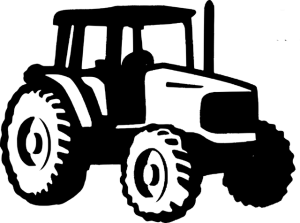2 Analogy
imddewijk
What is an analogy?
Can you compare apples and oranges?
And if you can, what do you compare and in what respect are the outcomes valid?
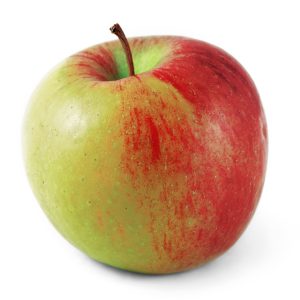
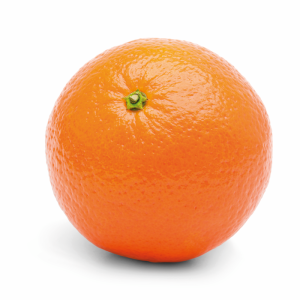
This is what analogies do. They compare things that are different. But what exactly is an analogy?
Analogies are frequently used in everyday language to explain things. We say things like: “It is cold here, like I am on the North Pole” or: “Life is an echo, what you send out, comes back.” It is a certain way of thinking. It is the comparison between two objects, or systems of objects, and how they are thought to be similar. Through these similarities, ideas or principles can be explained.[1] It is often a comparison between two things that seem unalike but are alike in certain aspects, making rather difficult ideas more understandable as a result of the comparison. Hume writes in his Enquiry Concerning Human Understanding that our reasoning about most things in life is based on analogies. That is how we make sense of the world[2]. It is common, we do it all the time.
How does an analogy work?
How can you draw a conclusion after comparing two things in an analogy?
An argument that uses analogy is a special type of inductive reasoning. Similarities are used as the basis to conclude that there are further similarities even though these have not been observed.
An analogical argument has the following form:
1. S is similar to T in certain (known) respects
2. S has some further feature Q
3. Therefore, T also has the feature Q, or some feature Q* similar to Q
Number 1 and 2 are the premises and 3 is the conclusion. S represents the situation we know, while T is the situation being compared to the known one. Q is the feature we observe in S. The conclusion is that we infer that T should possess this feature as well, even though it has not been observed in T. We call this feature Q*.
The conclusion adds something to what is already known. It is an intuitive or ampliative conclusion, rather than a strictly logical one, but it is used this way in philosophical analogies.
A positive analogy: this means that S has certain properties that are accepted for S. If T has these properties too, it is a positive analogy.
To summarise the argument: it is plausible that Q∗ is accepted in the argument, either because of similarities known (or accepted) in the source domain or despite differences that are known (or accepted).
“Plausible” can be interpreted quite broadly as having some form of support.
Q ?
? ?
Criteria for an analogy
An analogical argument is not automatically a good argument. The conclusion of an inductive argument does not follow with necessity. If it did follow with necessity, it would not be an analogical argument but a description of two equivalent situations.
What makes an analogical argument stronger or weaker?
1. More similarities between the items make the analogy stronger, while more differences make the analogy weaker.
2. The similarities have to be relevant.
3. The less we know about the items in the analogy, the weaker the analogy. Lesser-known items lead to more assumptions.
4. If the analogy contains causal relations, it is stronger than one without. Causal relations demonstrate how one thing leads to another.
5. Similarities in structures within the comparison are stronger than superficial ones.
6. A greater number of analogies supporting the argument makes the analogy stronger.
7. A weaker conclusion makes for a more plausible analogy, strong conclusions make the analogy less effective.
Using these criteria helps to find out whether an analogy is solid.
Where is an analogy used?
Analogy is a tool used in various situations outside of daily use. It is often applied in science, where with the method of analogy new hypotheses can be thought of and tested. For example, at archaeological sites where artifacts are found, a justification for certain hypotheses can be made based on similarity with artifacts used today.
Analogy is also frequently used in courtrooms, in jurisdiction, when there are similarities with earlier convictions or acquittals in court. Court cases are always different but comparing various cases can help determine the severity of a punishment.
In philosophy, early philosophers used analogies to explain the existence of God,for example
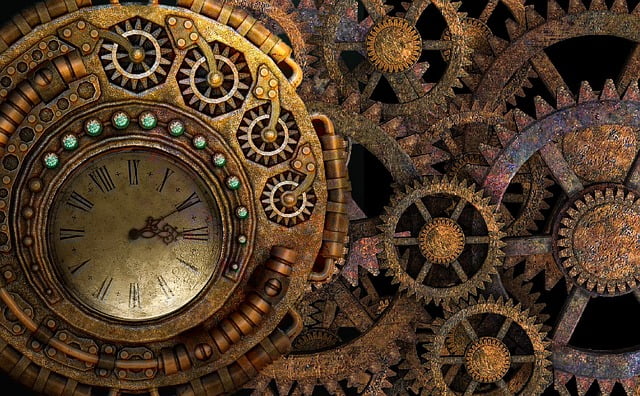
One analogy here is that just as a complicated object like a watch requires an artisan to make it, the complex existence of the universe similarly implies the existence of a creator. This creator is referred to as God.
In his book The Republic, Plato uses the analogy of the sun and the Good.
Like the sun brings us light to see the physical world, the Good sheds light on the mind or intelligible world. It is the foundation of truth.[3]
Nowadays in philosophy, analogy remains an important tool for explaining complex ideas by comparing them to well-known things. It is a tool that can be used to convey ideas or principles, making difficult concepts more accessible and easier to understand. It brings the item closer to our everyday world, which makes it easier to think about and form an opinion on the idea or item.
See the river as a child

Imagine the source of a river. A river born in the hills or in the mountains. The water finds its way over obstacles, through canyons, it springs and dances along waterfalls and rocky stones. It is transparent, clear water, full of oxygen, a source of life for humans, as well as for plants, fish, and other life that exists in and along the riverbanks. It grows, deepening and broadening, connecting with other small streams. Sometimes the river seems to become angry, wild and rebellious. Especially when humans try to tame it. Humans press the river into forms it cannot live in, against its nature. Then people start to misuse the river, dumping their waste in it and using their heavy motorized stinking boats on it, producing lots of noise, swirling the water with their propellers. They use its water for their industries, polluting it, and the river becomes sick. The living beings that depend on the river can no longer survive in or alongside its water. By the time the river has grown up and flows into the sea, it has, in many cases, been misused and abused.
Water is a necessary part of life on Earth. It is our future. A river is a natural entity, but an entity without a voice. When people start to misuse the river, it cannot say “stop it!” It has no voice, literally and figuratively, to speak up for itself. A river is not a legal entity, as it does not have the ability to be represented in court or in a government. Being a legal entity is necessary for the river to be officially protected, and the river is worthy of protection.
You can compare a river to a child, a newborn child. It is vulnerable. It cannot take care of itself, but it has loving parents who nurture it, help it to take its first steps, and protect it from illness. If it falls sick, they nurse it back to health. The child plays and runs, tries things out, falls and gets up, always with its parents in the background, taking care of it. The child grows and needs more space and the parents provide a safe environment. It would be awful if a child were misused or abused. Life continues in a child, a wonder of nature. A child is a living entity and has a legal status. It is the future of humanity, worth protecting.
Both rivers and children are part of nature and of our future; we cannot do without them. If a river is like a child, it should have the same protection as a child. And if a child, as part of nature, has legal status, so should a river. Ideally, a child has loving parents to care for it.
The conclusion, then, is that a river needs protection too, just like loving parents protect a child.
In short, the analogy goes like this:
1. A child and a river are both natural entities
2. A child and a river are both vulnerable in their existence
3. A child nor a river can protect themselves from harmful influences
4. A child is a legal entity with someone who speaks for it and protects it
5. Therefore, a river should be a legal entity too, with someone to speak for it and protect it.
We could consider the example of the United Nations Children’s Fund (UNICEF). UNICEF was founded after World War II to help children and young people, regardless of which country they come from, if their lives or futures are at risk.
We can extend the comparison between a river and a child because the survival of rivers is also at risk. When we examine children’s rights as formulated by UNICEF, we find, among others, the following:
– Children have the right to their own identity – Best interests of the child should be safeguarded
– Every child has the right to survive and develop – Protection from violence
– Right to the best possible care – Protection from harmful work
– Protection from harmful drugs – Protection from exploitation
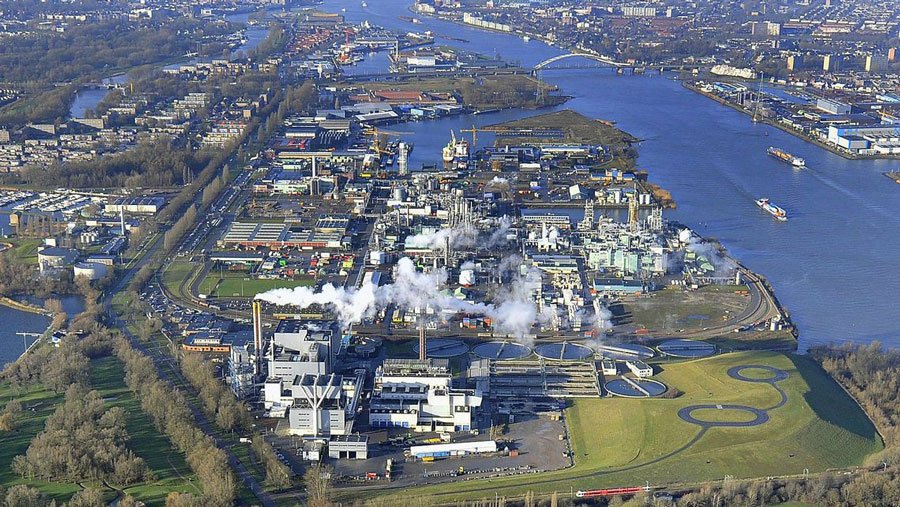
– Right to recover if they have been harmed
The Convention on the Rights of the Child: The children’s version
Almost every country in the world has signed this convention. Now, imagine replacing “child” with “river” and consider the principle that we must act in the best interest of the child. It would be an excellent starting point for acting in the best interest of a river. For example, the right to survive and develop could be applied to a river in the sense of allowing it to expand when necessary and follow its natural course. The protection from drugs in UNICEF’s rights could be translated to not dumping chemical substances in rivers. The right of recovery seems crucial because many rivers are being harmed on an enormous scale. Consider the Ganges river, which is so polluted that people bathing in it often fall ill, or the Yangtze, which carries 1,469,481 tons of waste into the ocean each year. Giving these rivers the right to become clean and healthy again would benefit not only humankind, but the existence of the entire planet.
Protecting nature
Legally protecting nature is not a new idea. Since 1909, with the creation of a national park in Australia, more and more natural areas have received this status. However, this is still a passive situation where human activity, like recreation, mining, hunting or agriculture, often takes precedence. Human advantages are always considered more important than the area itself. The National Parks do not have a legal voice. There are however initiatives to give certain natural phenomena a direct voice, such as in Aotearoa New Zealand in 2017, where the Whanganui River became a legal person in an effort to protect the environment. This was also done to reflect the special connection between the river and the Whanganui people, who had a sacred alliance with the river. In the Netherlands, there is an initiative called “Rechten van de Natuur,” or “Rights of Nature.” This initiative describes the rights of nature in the same way as fundamental human rights and seeks to persuade governments to consider nature as a legal party in the decision-making processes involving nature. However, for now, this remains non-binding. Nature is seen as having fundamental rights, but does not actually possess them. https://www.rechtenvandenatuur.org
Is the river/child analogy a good analogy?
This analogy between a child and a river provides a philosophical foundation for an idea that, at first glance, might not seem obvious to many. Capitalist Western society tends to view nature as a resource for its own benefit, rather than as an entity in itself. But the analogy resonates with many people’s experiences. Most people feel a natural need to protect children. By comparing rivers with children, we can begin to think about nature from a different, more protective perspective. The analogy makes you more likely to take action, because it highlights the urgency of granting rivers their rights.
This analogy is a positive analogy.
Child River
natural entity natural entity
vulnerable vulnerable
cannot protect itself cannot protect itself
legal entity
___________________________________________
legal entity
Both items share the same propositions, but a child has this additional proposition of being a legal entity. The conclusion, in this case, is that the river should have this additional proposition as well. Of course one can identify many differences between a child and a river. These differences are not included here because the focus is on their legal status. The analogy highlights several similarities and these similarities are important for the point being made. Both items are well-known, and the structure of the analogy is clear. It applies the same reasoning to both items. The analogy contains a causal relation: vulnerability means that you cannot protect yourself. The propositions lead to a reasonable conclusion.

Philosophical exercises
1. Think of an analogy you use a lot in your reasoning. Using the criteria given in this paper, is it a good analogy?
2. Take a walk in nature, look around and contemplate the things you see. Can you come up with an analogy about nature yourself?
Non-philosophical skills
Consequences of the Analogy for different People.
The child/river analogy enables various groups in society to respond to it in different ways, even though the river has no legal status yet. It opens up opportunities for action.
I would like to highlight a few consequences that might follow from the conclusion of the analogy.
Is it justified that entities that merit equal protection, such as a human child and a river, are nevertheless unequally protected in our current legal system? A human child enjoys various forms of protection under existing substantive law, while a river does not receive comparable protection. Would it be advisable to initiate a test case against the national government in order to obtain, on the basis of applicable international treaties, the same rights for a river as those afforded to a human child?
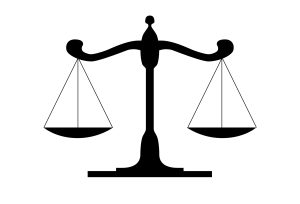
Clergy
Prayer
Father in Heaven,
You made heaven and earth so beautiful,
with seas, lakes, rivers, plants, animals and people.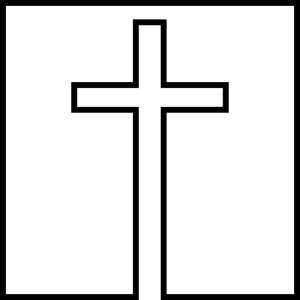
Everything is so wonderfully coordinated.
You entrusted us with the stewardship of your creation.
We are to care for our children, as well as the rest of your creation.
For a river and a child are both vulnerable.
Father in heaven, grant us the courage and strength to do what is necessary to protect your creation.
Amen
Prayer
Father in Heaven,
You made heaven and earth so beautiful,
with seas, lakes, rivers, plants, animals and people.
Everything is so wonderfully coordinated.
You entrusted us with the stewardship of your creation.
We are to care for our children, as well as the rest of your creation.
For a river and a child are both vulnerable.
Father in heaven, grant us the courage and strength to do what is necessary to protect your creation.
Amen
Farmers
Imagine an alpine meadow with grazing cows, drinking from a babbling brook. These cows produce the milk used to make the best cheese in the world. A single cow needs about forty liters of water each day. Fresh clean water. Think of the river like a child. As a farmer you would do anything to give your child the healthiest food you could produce. A river deserves the same care, if only to produce the healthiest food possible. Crops growing alongside rivers draw on the water for irrigation during times of drought. Treat the river as your child and you will see the best results.
Bibliography
Baggini, J., Fosl, P.S. (2010). The philosophers toolkit: a compendium of philosophical concepts and methods. Chichester, West Sussex: Wiley-Blackwell. https://search.ebscohost.com/login.aspx?direct=true&scope=site&db=nlebk&db=nlabk&AN=312278.
Scopa, Sally. “Analogy.” LitCharts LLC, May 5, 2017. Retrieved September 24, 2024. https://www.litcharts.com/literary-devices-and-terms/analogy.
- Bartha, Paul, “Analogy and Analogical Reasoning,” The Stanford Encyclopedia of Philosophy (Fall 2024 Edition), Edward N. Zalta & Uri Nodelman (eds.) https://plato.stanford.edu/archives/fall2024/entries/reasoning-analogy/ ↵
- Hume, David. 2019. An Enquiry Concerning Human Understanding. London: Electric Book. https://public.ebookcentral.proquest.com/choice/publicfullrecord.aspx?p=5302411 ↵
- Plato, and Benjamin Jowett. 2009. The Republic. Waiheke Island: Floating Press. https://search.ebscohost.com/login.aspx?direct=true&scope=site&db=nlebk&db=nlabk&AN=314184 ↵
- Acknowledgments to W.G. van Ommeren Jongbloed, Master of Laws, who helped me make the set up for a test case. ↵
- (Acknowledgement to my father, a theologian and pastor, H.L.A. de Wijk, who taught his children to pray) ↵
